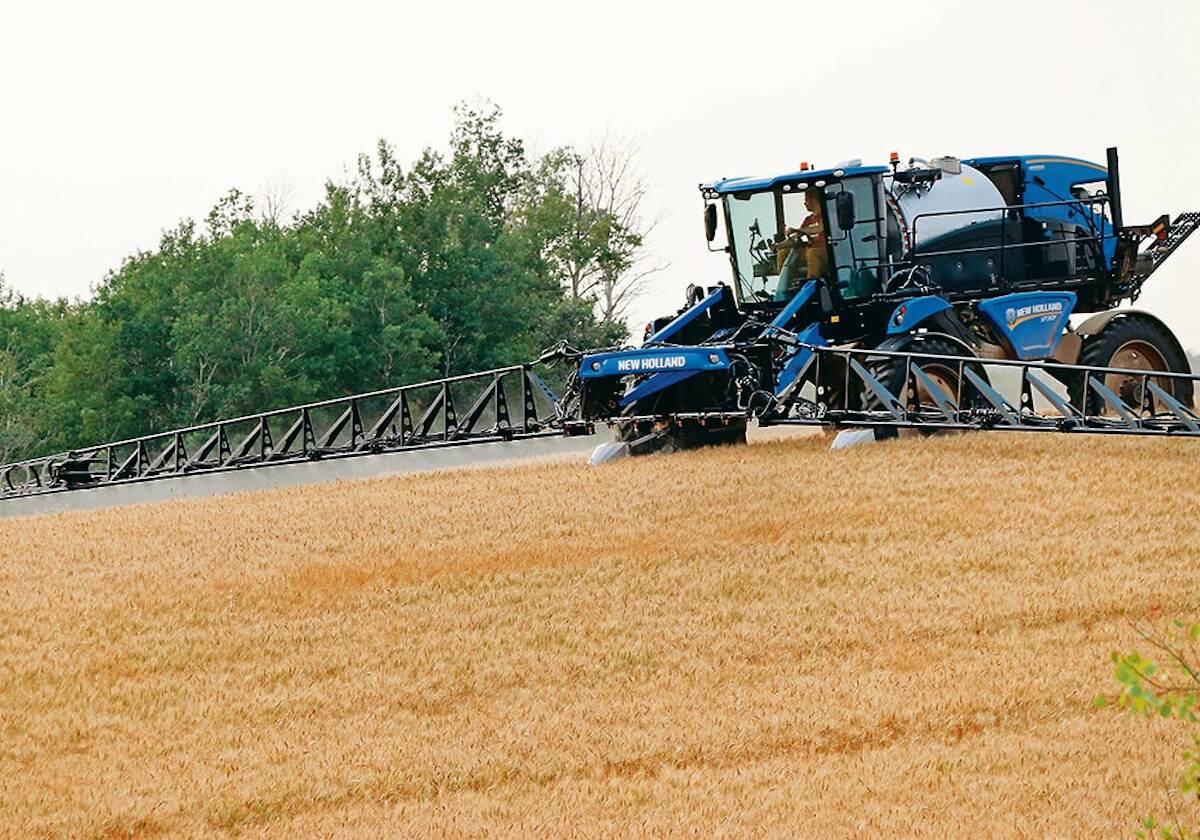You’d be hard pressed to think of a document that could be more innocuous and apolitical than Canada’s Food Guide.
The modest booklet has the distinction of being the federal government’s second-most-requested document and is available in a dozen languages.
This staple of home economics classes and cooking schools should simply be a straightforward recitation of the best science available on human nutrition — what to eat, how much and how often and, of course, those foods to avoid for one’s health’s sake.
Read Also

Farming still has digital walls to scale
Canadian farms still face the same obstacles to adopting digital agriculture technology, despite the years industry and policy makers have had to break them down.
However, the process is a bit more complex and controversial than that, and it sometimes features plenty of less wholesome ingredients, like undue influence. The federal government acknowledged as much, banning meetings with food industry lobbyists in the lead-up to development of the latest version.
However, that apparently didn’t stop the pressure — and from some unexpected sources.
A recent story in the Globe and Mail newspaper featured the headline “‘Secret’ memos reveal efforts to influence Canada’s Food Guide.”
The article outlined some of the interesting back-and-forth between Health Canada, which determines the guide, and Agriculture and Agri-Food Canada. We don’t think of AAFC as being a food industry lobbyist, but in reality it is mandated to: providing “… leadership in the growth and development of a competitive, innovative and sustainable Canadian agriculture and agri-food sector.”
In particular, the article highlighted a series of memos, some stamped “secret,” where AAFC staff tried to explain to their counterparts in Health some of the consequences, intended or otherwise, that accompanied some of their proposals.
“Messages that encourage a shift toward plant-based sources of protein would have negative implications for the meat and dairy industries,” one June 2017 memo reads. “Changes to the way in which foods are represented in the national food guide will have a significant influence on consumer demand for food.”
- Editorial: Changing times, changing tastes
While many will be eager to paint these AAFC activities as a nefarious attempt to influence public policy for “big ag” that’s the most uncharitable interpretation possible. After all, this feedback comes specifically after AAFC was invited by Health Canada to submit input.
Some will no doubt disagree with that input, but AAFC is simply doing its job.
A more trenchant criticism would be whether it should protect the interests of some farmers while undermining the interests of others, such as pulse producers who have struggled mightily to build domestic demand for their products.
It’s not the first time the two departments have clashed over the topic of the Food Guide.
The last time it was revamped, in 2007, the flashpoint was a proposed recommendation that Canadians “choose local or regional foods when available.”
Back then both AAFC and the Canadian Food Inspection Agency weighed in to remind Health Canada the focus of the Food Guide is about healthy eating, not environmental policy, and ultimately the “choose local” advice was dropped.
One thing that does seem to have changed with this most recent revision of the Food Guide is the amount of public scrutiny the process is garnering. Not only is the national newspaper of record writing front-page investigative articles on the process, plenty of interveners are lining up to have their say.
One of the sources quoted in the Globe article is Nick Saul, the president of the Community Food Centres Canada, who participated in Health Canada’s public consultation process.
In his comments Saul suggested the AAFC involvement represented unwholesome lobbying of Health Canada, and called for the agency to resist, going on to add the issue was a “battle” and that his organization and others would “encourage” Health Canada to ignore it.
The truth is, there will be fierce differences of opinion from ministries and departments around all aspects of government policy and every area of public life. That’s how the sausage we call democracy is made. While it might on occasion appear messy, it’s still better than all the other alternatives, to paraphrase Winston Churchill.
To suggest that one of the federal government departments with the most intimate knowledge of our country’s food system should remain silent on the sidelines is to do a disservice to the men and women working for both Health Canada and AAFC.
It implies that AAFC is captive of the food industry and incapable of formulating its own thoughts and policies. And it further implies Health Canada is so spineless that it will immediately roll over in the face of conflicting information or opposition.
In reality, it would appear the process is working. Health Canada has made proposals. AAFC has given its feedback on them, pointing out how they’ll play out if they’re implemented, including the very real potential they’ll affect the income of farmers.
In the end, there’s a place for farmers’ welfare in this discussion, but Canada’s Food Guide should reflect the best available nutritional advice.



















